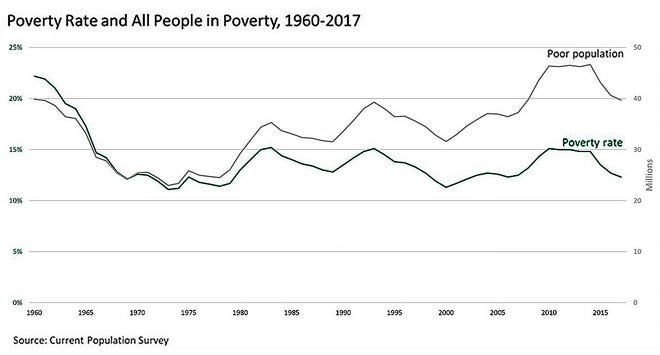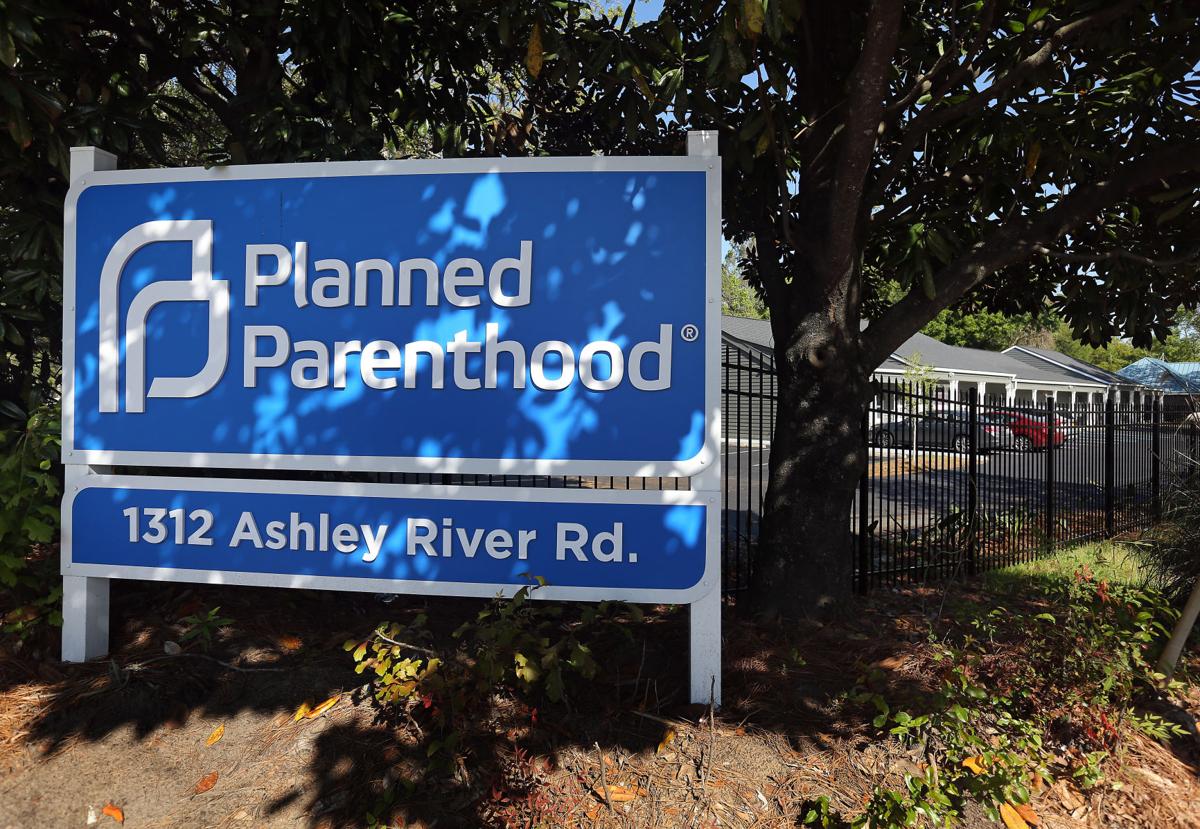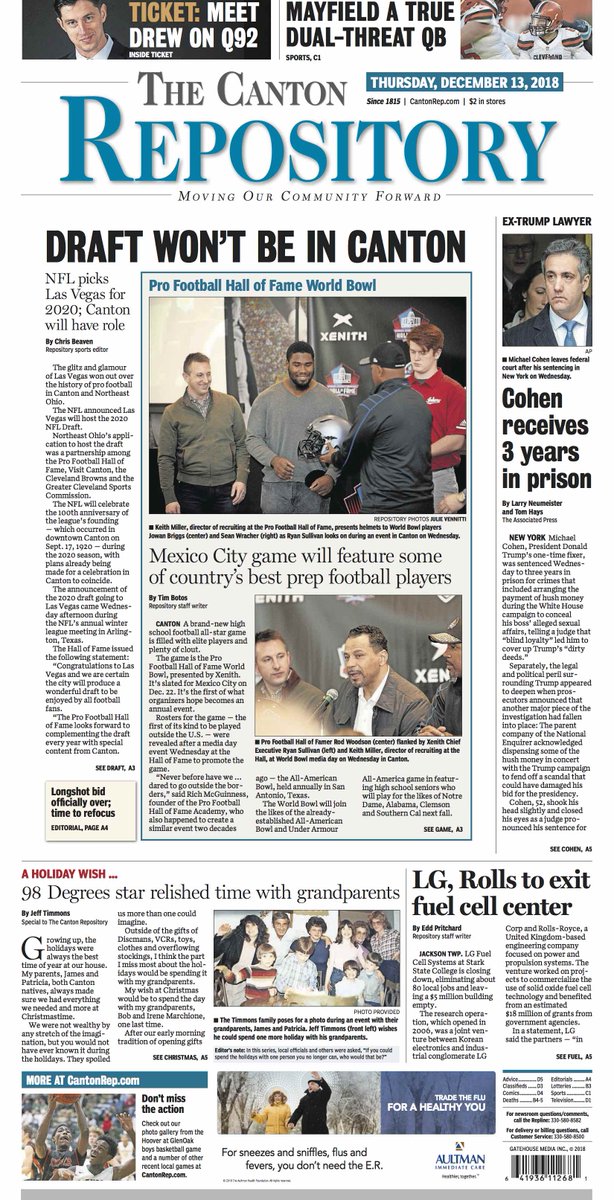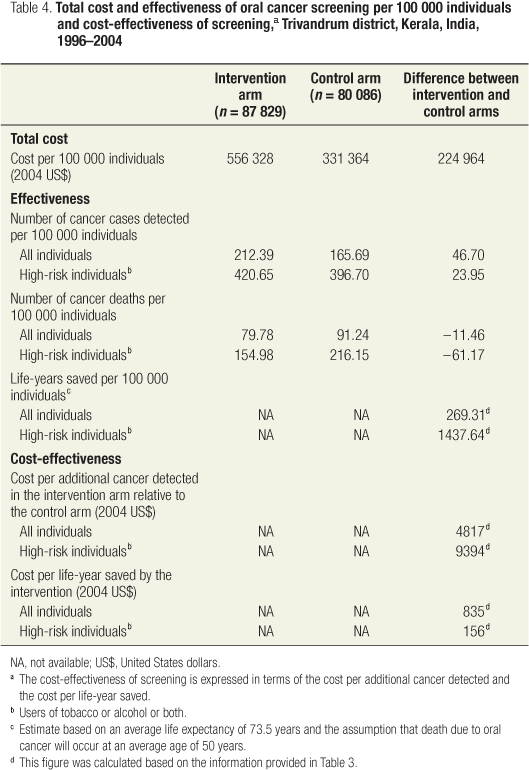Since 1965 the poverty rate has surpassed 151 percent only once in 1983 when it stood at 152 percent. The detailed tables present data for each year from 1959 to 1968 separately for all poor and two racial classifications.
 Fighting Poverty In America Slowing Despite Recent Economic Recovery
Fighting Poverty In America Slowing Despite Recent Economic Recovery
Are Americans really poorer than in 1960.
Poverty rate 1960 to present. The last time the poverty rate hit 151 percent was in 1993. In 2019 the poverty rate for the United States was 105 the lowest since estimates were first released for 1959. Poverty headcount ratio at 190 a day 2011 PPP of population Share Details.
Poverty rate rose to 143 percent in 2009 but government figures dont capture very well the long-term rise in living standards. Number in Poverty and Poverty Rate by Race and Hispanic Origin Using 3-Year Averages. The number of Americans with incomes below the official poverty line 22314 for a.
This report presents data on poverty in the United States from 1959 to 1968. Overall for the nation the poverty rate fell from 22 in 1960 steeply down to 12 in 1980 then moved up moderately to 15 during the current era of rising inequality. According to the latest data.
Annualized average growth rate in per capita real survey mean consumption or. 1 white and 2 Negro and other races. Poverty has decreased for the overall population since the 1960s.
Although the wealth disparity remains significant African Americans have become more economically well off since the 1960s. The current official US. Appendix tables contain data.
An increase of one-tenth of a percentage point to 152 percent would tie the 1983 rate the highest since 1965. First there was a huge fall in the poverty rate throughout the 1960s and in particular after LBJ announced the War on Poverty in 1964 and followed up with Medicaid Medicare greater federal. 1960 - 2018.
To question the failure to adjust the poverty line since the 1960s. The highest level on record was 224 percent in 1959 when the government began calculating poverty figures. But other analysts citing shortcomings in the official poverty measure focus on a supplemental measure also produced by the Census Bureau to argue that more progress has been made.
Real incomes at the 10th and 15th percentiles of the income distribution in contrast have increased continuously apart from times of general economic contraction. Poverty rates declined between 2018 and 2019 for all major race and Hispanic origin groups. Official poverty in the United States stood at 190 percent in 1964 and decreased by 42 percentage points to 148 percent in 2014 moving up and down with economic cycles.
Two of these groups Blacks and Hispanics reached historic lows in their poverty rates in 2019. Poverty measure has been used since the 1960s when it was devised as part of the War on Poverty The official poverty line was originally set at approximately three times a basic food budget adjusted by family size and composition and it is updated annually by overall inflation. In fact this poverty line for.
26 rijen 1960. Critics note that the official poverty rate as calculated by the Census Bureau has fallen only modestly from 19 in 1964 to 15 in 2012 the most recent year available. September 15 2020.
Its worth noting that as the geography of poverty-stricken areas has shifted the nations official poverty rate has declined over the past half-century from 221 in 1960 to 145 in 2013 according to Census Bureau data. A poverty line that reflects only price changes and not changes in real incomes yields what strikes many as an implausibly high incidence of poverty in 1939. The most frequently quoted measure of relative income poverty was stable over the 1960s and 1970s suddenly exploded in the 1980s and has remained on a high level since then.
Poverty is closely tied to joblessness.




































